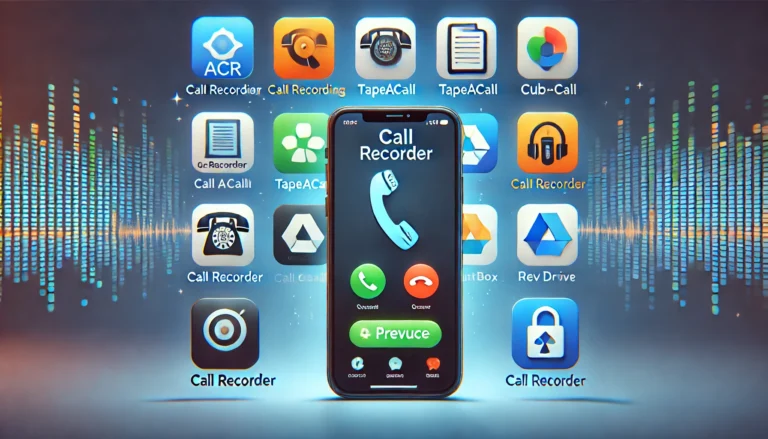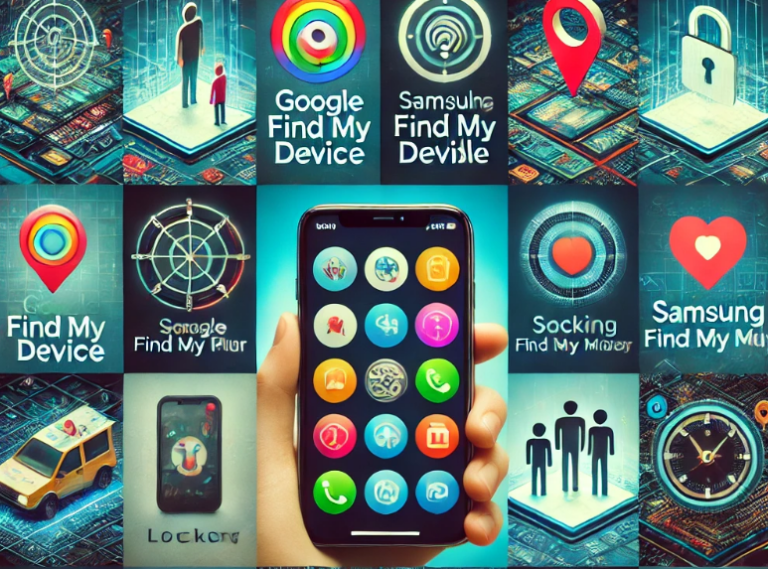The Power of Apps to Learn to Play Guitar

Apps for learning new skills have revolutionized the world, and music is no exception. While it used to be necessary to seek out a live teacher or other learning materials such as books and sheet music to learn how to play the guitar, the widespread use of smartphone apps has made learning more accessible and convenient than ever before. In this article, we’ll explore learning apps, discuss their benefits, and go further to cover the most common functionalities and regular features.
Accessibility and Convenience
One of the best things about learning to play guitar with an app is its accessibility. Unlike in-person lessons, which require a set schedule and can be expensive, apps are available whenever you want to use them and often for a fraction of the cost. Many apps even offer a free version, allowing beginners to try out the app before investing in a more comprehensive paid product.
Furthermore, one cannot ignore the fact that practice is available wherever you need it. You can practice at home, in your hotel room, or even on a short break from work. It may seem trivial, but if you have a busy schedule and can’t make time or space for regular classes, this can be essential.
Common Features and Differentiation
Just as guitar playing apps have multiple functions, they also include different types of features:
- Structured Classes and Training Programs: Many apps offer organized courses that take you from beginner to advanced levels. These courses are often divided into modules, each focusing on different aspects of learning, such as basic chords, chord progressions, fingerpicking techniques, and even music theory.
- Music Library: Another popular feature is the inclusion of extensive libraries of songs that can be learned and played. This not only motivates students to practice, but also allows them to apply what they have learned by playing songs they really enjoy.
- Integrated Tuner: Many apps include built-in guitar tuners, which eliminates the need for a separate physical tuner. This feature is especially useful for beginners who are still learning how to tune their instrument correctly.
- Real-Time Feedback: More advanced apps use the smartphone's microphone to listen to what the user is playing and provide real-time feedback. This helps the student identify mistakes and correct their technique immediately.
- Community and Challenges: Some apps encourage users to interact with each other, creating a sense of community. This could include discussion forums where students can share tips and ask questions, or even challenges and competitions to encourage regular practice.
Psychological and Motivational Benefits
Learning to play the guitar, like any other musical instrument, requires constant practice and perseverance. One of the biggest challenges for beginners is staying motivated, especially in the early stages when progress may seem slow. In this sense, apps can be extremely efficient.
Many of these apps combine gamification elements to make music learning more engaging. As a reward for completing a lesson or getting a song right, the user can receive virtual rewards, unlock more content, or even level up. This type of positive feedback can be key to maintaining student interest over time.
Additionally, the ability to customize the learning rate means users can learn at their own pace, without the tedium of sitting in a classroom at the mercy of the teacher.
Complementing Other Forms of Learning
While these apps are powerful, it’s important to emphasize that they’re not a complete replacement for other ways to learn to play guitar. One-on-one music lessons with a certified teacher still have benefits that can’t be replaced, such as real-time feedback and corrections. However, apps can support these lessons effectively.
Lessons provide an excellent foundation for self-directed learning, but students should consider seeking support from a teacher to correct bad habits that can develop or maximize their musical potential.
Challenges and Limitations
However, these apps are not without their challenges. The lack of immediate tactile and visual feedback, such as that which a teacher might provide, can make it difficult to correct postural or technique errors. Additionally, some apps may be limited in terms of the variety of musical styles or advanced techniques.
Another challenge is self-discipline. Without the pressure of a regular commitment to a teacher, some students may find it difficult to maintain a consistent practice routine. In this context, it is crucial for students to set clear goals and a practice schedule to maximize the benefits of using the app.
Conclusion
Guitar learning apps are revolutionizing the way we approach the music learning process. They make learning more accessible, convenient, and often more enjoyable. But like any learning tool, their success depends largely on the commitment and dedication of the individual. Used correctly, these apps will be a valuable addition to a budding guitarist’s arsenal, providing a foundation that can be built upon with other learning techniques over time.
So whether you’re new to guitar or looking to get back into it after years of hiatus, exploring apps can be a rewarding first step on that journey.





